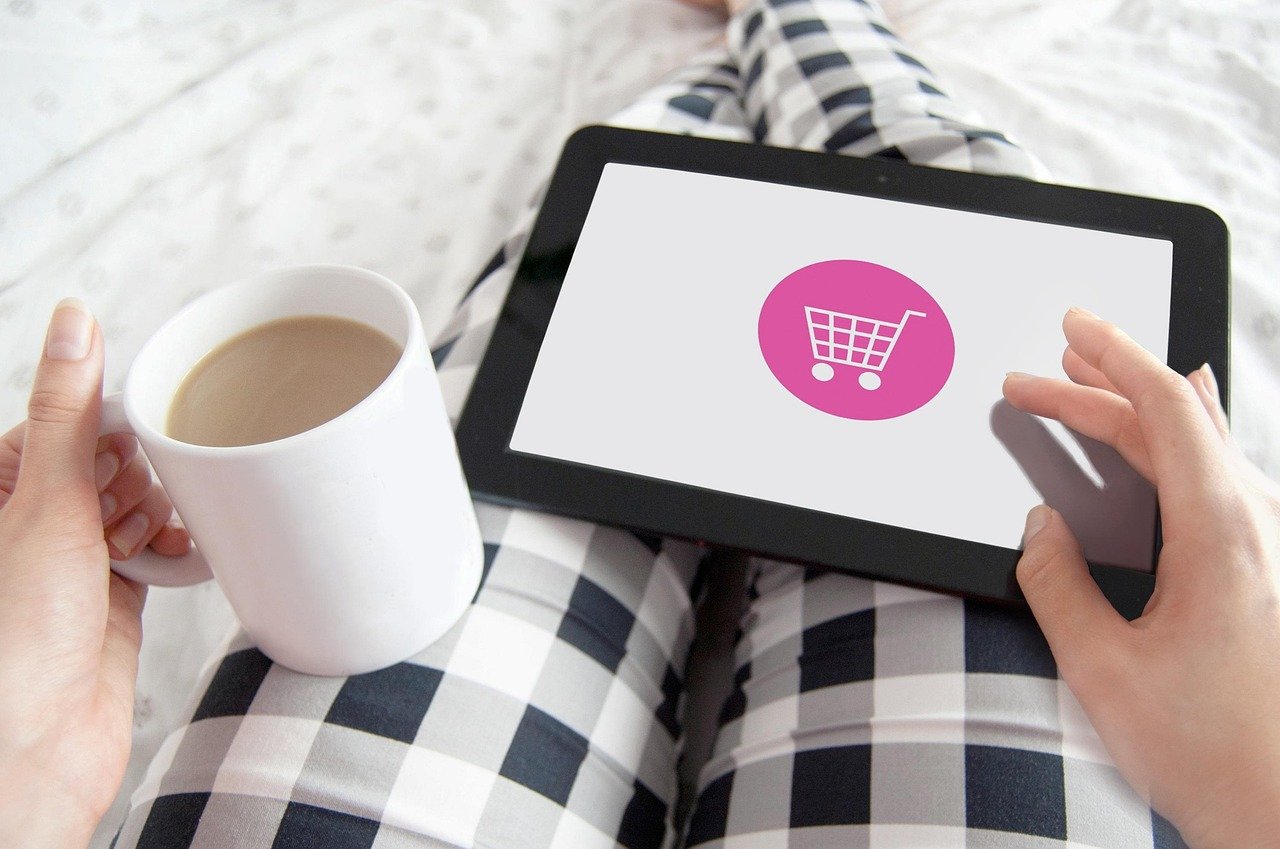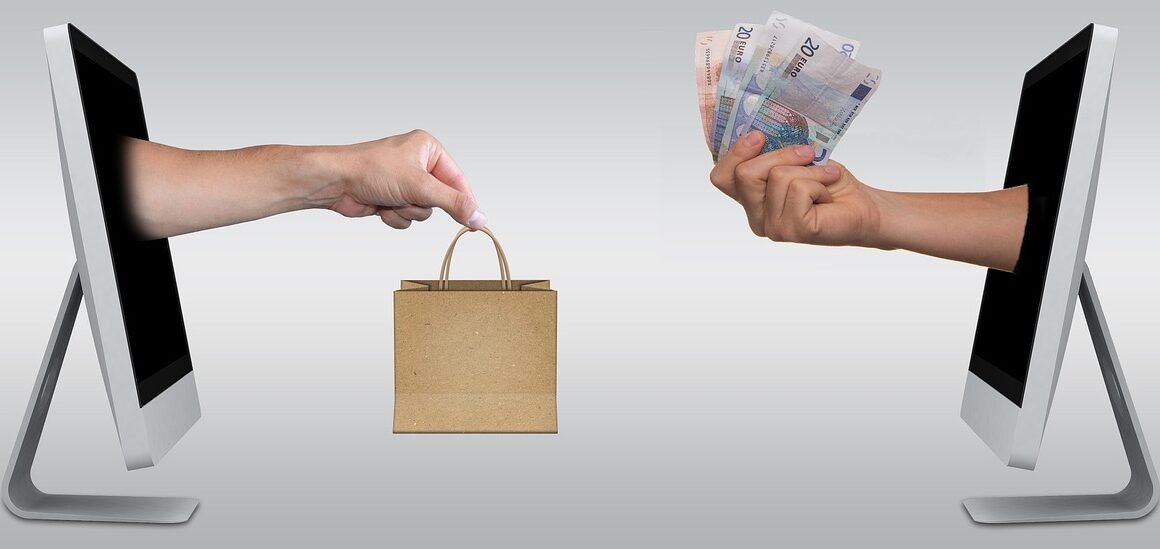Crafting a successful marketing strategy often feels like navigating a complex maze. But what if you could simplify that journey and guide potential customers smoothly toward a purchase? That’s where the sales funnel comes in. It’s not just a buzzword; it’s a powerful framework that helps businesses understand and optimize the customer journey, leading to increased conversions and revenue. This guide will break down the sales funnel, exploring its stages, benefits, and how to implement it effectively.
Understanding the Sales Funnel: A Journey to Conversion
The sales funnel, also known as the marketing funnel, is a visual representation of the customer journey from initial awareness to final purchase. It maps out the stages a potential customer goes through before converting into a paying customer. By understanding these stages, businesses can tailor their marketing efforts to effectively nurture leads and drive conversions.
The Traditional Sales Funnel Stages
The classic sales funnel is typically divided into four key stages, often remembered by the acronym AIDA:
- Awareness: This is the top of the funnel (TOFU), where potential customers first become aware of your brand, product, or service. This can happen through various channels such as social media, search engine results, advertisements, or word-of-mouth.
Example: A potential customer sees a Facebook ad for a new brand of organic coffee.
- Interest: Once aware, potential customers start showing interest by researching your offerings. They may visit your website, read your blog posts, or follow you on social media.
Example: The customer clicks the Facebook ad and explores the coffee brand’s website, reading about their ethical sourcing practices.
- Decision: In this stage, the potential customer is actively evaluating whether your product or service is the right fit for their needs. They might compare prices, read reviews, or request a demo.
Example: The customer reads online reviews of the coffee and compares its price to other organic coffee brands. They also sign up for a free sample offer.
- Action: This is the bottom of the funnel (BOFU), where the potential customer takes the desired action, typically making a purchase.
Example: The customer enjoys the free sample and decides to purchase a bag of the coffee.
Beyond AIDA: Modern Adaptations
While AIDA is a solid foundation, modern marketing often expands the funnel to include post-purchase stages, such as:
- Retention: Keeping existing customers satisfied and encouraging repeat purchases.
Example: The coffee company sends personalized emails with exclusive discounts and promotions to the customer after their initial purchase.
- Advocacy: Turning satisfied customers into brand advocates who recommend your product or service to others.
Example: The customer is so impressed with the coffee and the company’s customer service that they leave a positive review online and recommend it to their friends.
Why is a Sales Funnel Important?
Implementing a sales funnel offers numerous benefits for businesses, impacting everything from lead generation to customer loyalty.
Enhanced Customer Understanding
- By mapping out the customer journey, you gain a deeper understanding of their needs, pain points, and motivations at each stage.
- This insight allows you to tailor your marketing messages and content to resonate with your target audience, increasing engagement and conversions.
Improved Lead Qualification
- A well-defined funnel helps you identify and qualify leads based on their behavior and engagement.
- This allows you to focus your resources on the most promising prospects, maximizing your sales efforts.
Example: A lead who downloads a detailed product guide is likely further along in the funnel than someone who only visits your homepage.
Increased Conversion Rates
- By optimizing each stage of the funnel, you can improve the likelihood of converting potential customers into paying customers.
- This involves providing valuable content, addressing concerns, and streamlining the purchasing process.
- Statistic: Companies with well-defined sales funnels experience 28% higher revenue growth (Source: HubSpot).
Better Sales and Marketing Alignment
- A sales funnel provides a common framework for sales and marketing teams to work together, ensuring consistent messaging and a seamless customer experience.
- This alignment improves efficiency and reduces the likelihood of leads falling through the cracks.
Data-Driven Optimization
- The sales funnel allows you to track key metrics at each stage, such as conversion rates, bounce rates, and time spent on page.
- This data provides valuable insights for optimizing your marketing efforts and identifying areas for improvement.
Example: If you notice a high bounce rate on a particular landing page, you can investigate the reasons and make necessary changes to improve its effectiveness.
Building Your Sales Funnel: A Step-by-Step Guide
Creating an effective sales funnel requires careful planning and execution. Here’s a step-by-step guide to get you started:
1. Define Your Target Audience
- Identify your ideal customer: Understand their demographics, interests, pain points, and buying behavior.
- Create buyer personas: Develop detailed profiles of your target customers to guide your marketing efforts.
Example: For the organic coffee company, a buyer persona might be “Eco-Conscious Emily,” a 35-year-old professional who values sustainability and fair trade practices.
2. Map Out the Customer Journey
- Visualize the steps your target audience takes from initial awareness to final purchase.
- Consider all possible touchpoints, including website visits, social media interactions, email marketing, and sales calls.
- Identify potential roadblocks and opportunities for improvement at each stage.
3. Create Compelling Content
- Develop content that addresses the needs and interests of your target audience at each stage of the funnel.
- This could include blog posts, ebooks, infographics, videos, webinars, and case studies.
- Ensure your content is valuable, informative, and engaging.
Example: For the “Awareness” stage, a blog post titled “The Health Benefits of Organic Coffee” might be effective. For the “Decision” stage, a detailed comparison chart of different organic coffee brands could be useful.
4. Choose Your Marketing Channels
- Select the marketing channels that are most effective for reaching your target audience.
- This could include search engine optimization (SEO), social media marketing, email marketing, paid advertising, and content marketing.
- Tailor your messaging and content to each channel.
Example: Use visually appealing images and short, engaging captions on Instagram, while focusing on detailed articles and keyword optimization for your blog.
5. Track and Analyze Your Results
- Use analytics tools to track key metrics at each stage of the funnel.
- This includes website traffic, conversion rates, bounce rates, and customer lifetime value.
- Analyze the data to identify areas for improvement and optimize your marketing efforts accordingly.
Example: Use Google Analytics to track website traffic and conversion rates. Use email marketing software to track open rates and click-through rates.
Optimizing Your Sales Funnel: Continuous Improvement
The sales funnel is not a static process; it requires continuous monitoring, analysis, and optimization to ensure it’s performing at its best.
A/B Testing
- Experiment with different versions of your marketing materials, such as landing pages, email subject lines, and call-to-action buttons.
- Track the results to determine which variations perform best and implement those changes.
- Example: Test two different headlines for a landing page to see which one generates more leads.
Personalization
- Tailor your marketing messages and content to individual customer needs and preferences.
- Use data to segment your audience and deliver personalized experiences.
- Example: Send personalized email recommendations based on a customer’s past purchases or browsing history.
Streamlining the Purchasing Process
- Make it as easy as possible for customers to make a purchase.
- Simplify the checkout process, offer multiple payment options, and provide excellent customer service.
- Example: Offer one-click checkout or free shipping to reduce friction in the purchasing process.
Regular Analysis and Adjustment
- Schedule regular reviews of your sales funnel performance.
- Identify areas for improvement and implement changes based on data-driven insights.
- Continuously monitor and adjust your funnel to adapt to changing market conditions and customer behavior.
Conclusion
The sales funnel is an essential tool for any business looking to optimize its marketing efforts and drive conversions. By understanding the customer journey, creating compelling content, and continuously optimizing your funnel, you can effectively nurture leads and turn them into loyal customers. Remember that building and maintaining a successful sales funnel is an ongoing process that requires dedication, analysis, and a willingness to adapt. Embrace the journey, and watch your business thrive.



